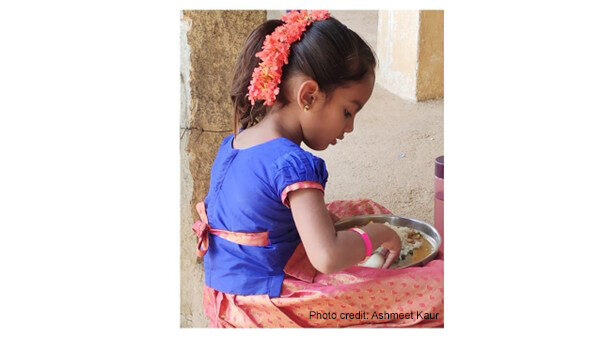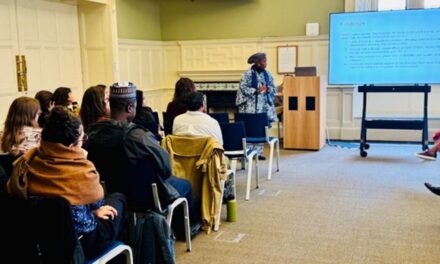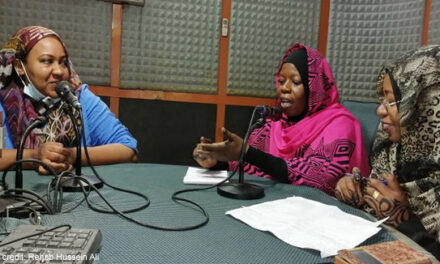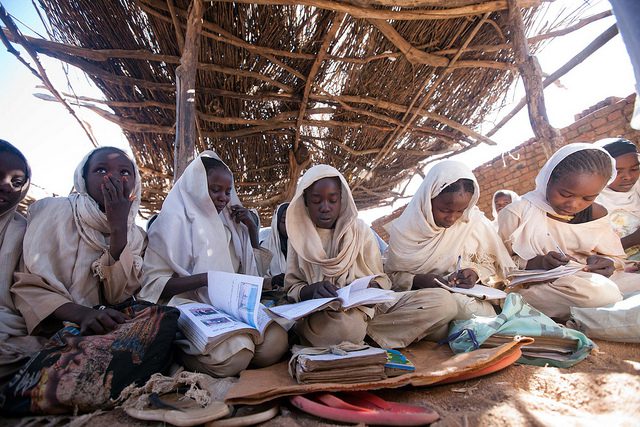This blog was written by Dr Ashmeet Kaur, who has been associated as Assistant Professor with MIT-World Peace University, India and International Rescue Committee, New York. For the 2025 UKFIET conference, a record 37 individuals from 15 countries, including Ashmeet, were provided with bursaries to assist them to participate and present at the conference. The researchers were asked to write a short piece about their research or experience of attending the conference.
Conceived by the Rishi Valley Institute for Educational Resources (RIVER), the UNESCO-awarded Multi-grade and Multi-level Approach (MGML) is an educational method exemplary of teaching children by their strengths (and weaknesses) regardless of their age and grade. It is being run by Rishi Valley Educational Centre (RVEC) in seven primary schools in rural countryside of Chittoor district of Andhra Pradesh, India. It is set against the complexities of how an age-based curriculum stands mis-aligned with existing competencies and learning needs of rural students, exacerbating the learning curve. Embedded in decolonial thinking, MGML highlights how eurocentric learning systems remain incompatible with the interests and abilities of the marginalised and least advantaged learners and teachers especially in low-resource settings. It is a customised pedagogic method driven by a community-based curriculum underscoring value of culturally-responsive teaching and learning.
This blog highlights how this model is equally adaptable as a peacebuilding intervention in education in emergencies (EiE) settings. In an MGML classroom, students of different age groups sit in the same classroom, depending on their competency level in different subjects. This takes care of the major deficiencies of monograde i.e. organizing students according to age regardless of competencies. This unique feature of MGML addresses educational response in EiE settings. Learners in emergencies or early recovery situations, might have had their education disrupted or may have missed in parts or in entirety their primary education. This is reflected in this model as an effective EiE intervention as it responds to students’ age and learning gaps related to their individual realities.
Designed as an education kit, known as ‘School in a Box’, MGML works on a series of carefully-graded cards, replacing textbooks in the area of language, mathematics and environmental science for grades 1-5. Each card is marked by images (rabbit, elephant, dog, etc.) and mapped on to a subject-specific ‘Learning Ladder’, a progress guide which traces out the learning trajectory for students. Each numbered space occupied by an image denotes an aspect of work, for example, bull images indicate the learning of new concepts, monkey images demand evaluative exercises, camels stand for enrichment work, elephants for practice, and so on. The images further connect to each numbered step in the ladder, indicating both the sub-group to which the student is assigned, whether s/he will sit in a teacher-directed group, a partially teacher-assisted group, a peer-assisted group, or to a group consisting of self-learners. It facilitates self-directed learning, replacing textbooks and the centrifugal role of a teacher. This facilitates continuity of education for students living in emergency settings where there is usually minimal teacher support.
The MGML model is based on principles of Universal Design for Learning (UDL) and acknowledges diversity in learning experiences wherein every student learns (at) and develops her own pace based on the learning ladder. The methodology by its design supports each learner (slow or fast paced) in becoming independent and goal-directed by choosing a path that is most appropriate for them, becoming a model for child-centric learning. In other words, the methodology respects the natural heterogeneity of all children and honours the uniqueness of their individual learning processes. Self-learning in the MGLM methodology is a prominent feature of a student’s trajectory through a subject. It is self-motivational wherein the student can visually see his/her progress. In alignment to this, the assessment model is also formative. A student’s competency level is assessed by her position on the rung of the ladder rather than her position in terms of marks in comparison to her peers. Hence, it has features of an inclusive model of education, accommodating diverse learning needs irrespective of capabilities. Thereby providing scope for capability-responsive EiE interventions.
MGML provides for continuum in learning. If a child loses some days of schooling (e.g. during the harvest season), s/he can pick up from where s/he left on the learning ladder. The model permits drop-outs without creating permanent learning gaps. This feature of the model would help students resume their education when shocks disrupt their learning. This feature of the MGML model can act as remedial education to help support out-of-school students in emergency contexts resume their education with or without a formal schooling infrastructure.
The MGML approach exhibits increased student engagement with the learning content because of the contextualised curricular content and design of delivery. It is a community-based curriculum taught by teachers (who are local youth) by training them in MGML. This naturally encourages locally-relevant framings of hope, self-identity, and resilience, and demonstrates how vulnerabilities influence students’ engagement levels and elevate teachers’ agency, both important for reconstruction of a conflict/violence-torn society. This helps avoid proscribing a universal emancipatory promise to educational interventions in EiE settings with an understanding to locate the subject in his/her social and political setting by providing their representation in the educational materials.
MGML has presented itself as a structured yet flexible and a scalable method. This has led to its strong demand worldwide. Started off as a bi-lateral cooperation between India and Germany in the socio-emotional learning context, it has now been extended to Europe and Africa, as well as other parts of India.




